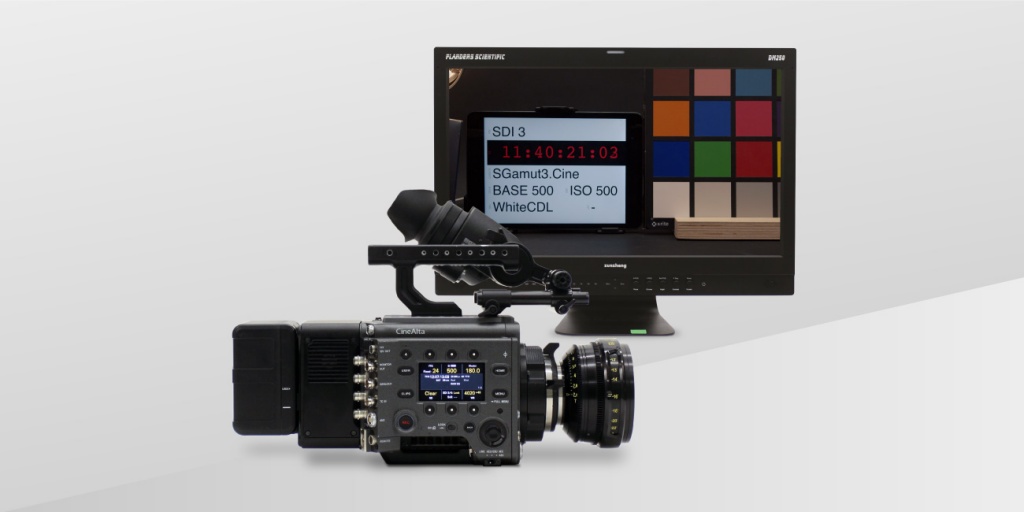HDR Preview on Set with Livegrade – Part 2 12 min read

This article is the second part of a series of articles about HDR production and resulting implications on the film set. Overall, the series covers typical use cases, presents best practices, and offers insights for setting up all required devices and systems. In this second article, we will talk about all camera and monitor settings that are relevant in the context of HDR viewing. We will also illustrate how to set up and configure Livegrade and the processing devices such as LUT boxes.








